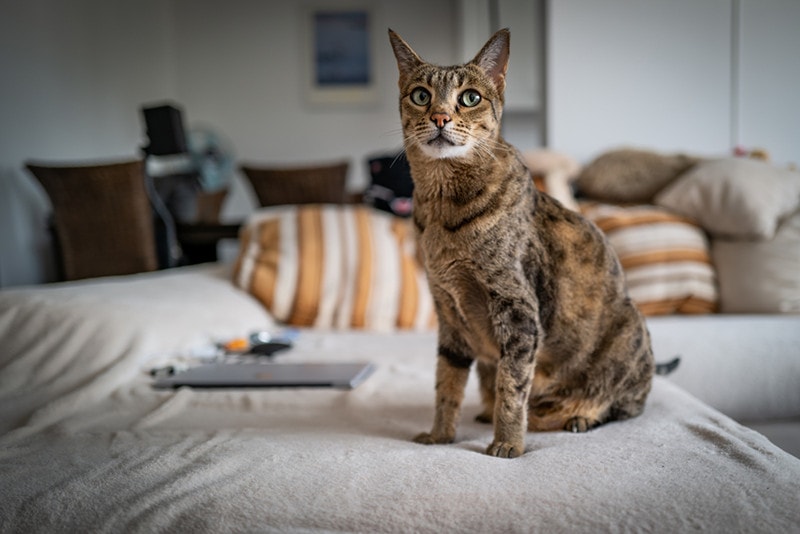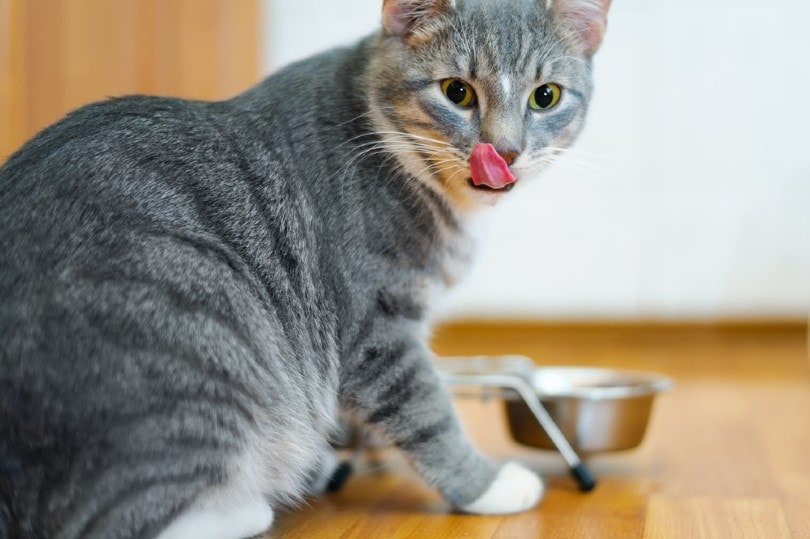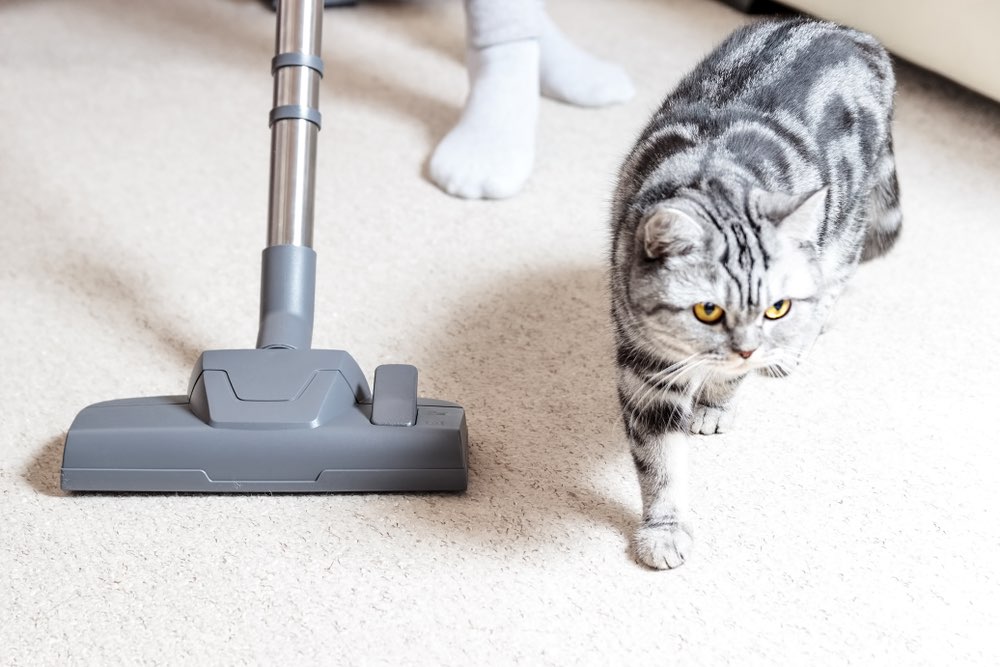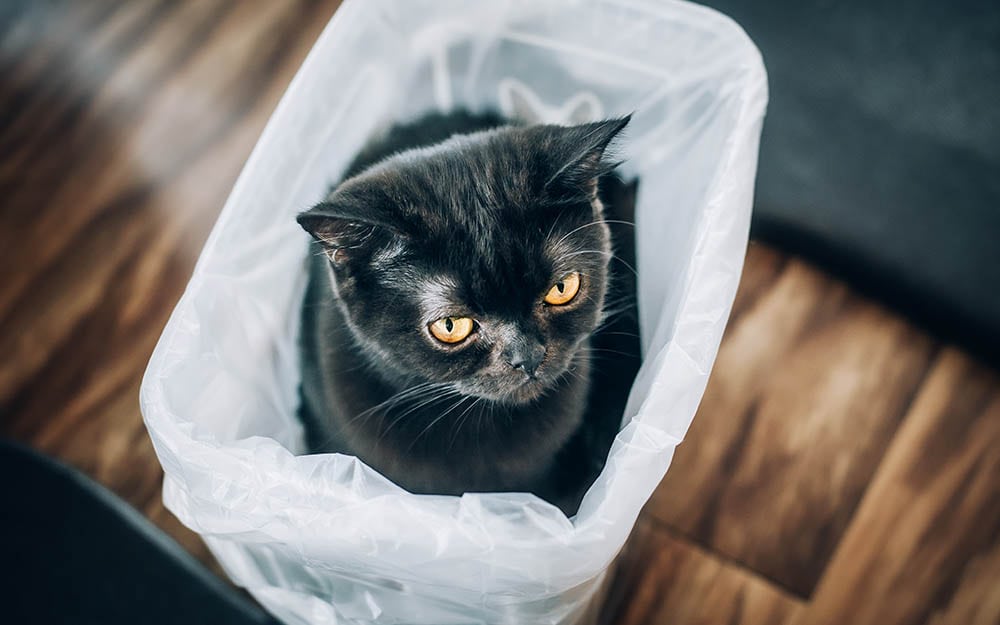F6 Savannah Cat: Rarity, Temperament, Info & More (With Pictures)
By Jessica Kim
Updated on

The Savannah cat is a beautiful cat with an exotic and wild appearance. Its physical features are attributed to African Servals in its ancestry. Savannah cats are bred by generations and are identified through the letter “F” and a number. So, F1 Savannah cats are the first generation of Savannah cats that are bred from an African Serval and a domestic cat. F2 Savannah cats have African Serval as grandparents, and each consequent generation has less African Serval in its ancestry.
Each generation of Savannah cats is different from the others. Here are some important facts to know about the F6 Savannah cat.
The Earliest Records of the F6 Savannah Cat in History
The first Savannah cat appeared in 1986 when an African Serval was successfully bred with a Siamese cat. In 1989, Patrick Kelly obtained a Savannah kitten. He worked with breeder Joyce Sroufe to develop the breed, and Sroufe produced her first litter of Savannah cats in 1994. Kelly and Sroufe continued their breeding program and created the original Breed Standards for The International Cat Association (TICA)1.
It’s unclear as to when the first F6 Savannah cat appeared, but further generations of Savannah cats started to develop with the demand for Savannah cat pets. F1 and F2 Savannah cats tend to be quite large and high-energy cats, and they typically take more time to bond with people.
As you move down the generations, Savannah cats start to adopt more characteristics of domestic cats, and F5 and F6 Savannah cats are much smaller in size and have more sociable temperaments. F6 Savannah cats still have exotic, spotted coats, but they’re often easier to care for and better fits for first-time cat owners.
How F6 Savannah Cats Gained Popularity
Savannah cats became more popular with the development of the breed. F1 and F2 Savannah cats are quite difficult to breed for several reasons. They tend to be the most expensive generations of Savannah cats, and prices can surpass $20,000 for F1 Savannah cats.
F6 Savannah cats are a little easier to breed because they’re not directly bred from the African Serval. So, they’re more commonly found and sold at more affordable prices. Many F6 Savannah cat breeders also note that these cats tend to be the most social and affectionate out of all the other generations. So, their exotic appearance and sweet temperaments make them popular pets amongst cat owners.
Formal Recognition of F6 Savannah Cats
Savannah cat breeding began sometime in the 1990s, and more breeding programs started to appear. By 2001, the Savannah cat was officially accepted by TICA for registration. In 2012, the breed was given Championship status.
F6 Savannah cats aren’t known to compete in shows because their traits start to deviate from the breed standards. Their head shapes and body shapes may look more like domesticated cats, and some may not have ears as large and rounded as the Savannah cat’s standard look.
The Savannah Cat Association works to protect and continue to develop the Savannah cat, as it’s still a relatively new cat breed. This nonprofit organization gathers information from reputable Savannah cat breeders and works to educate the public on the health and welfare of the breed.
 Top 3 Unique Facts About F6 Savannah Cats
Top 3 Unique Facts About F6 Savannah Cats
1. F6 Savannah cats aren’t legal in some states
States have varying regulations for owning Savannah cats. Some completely ban the ownership of any kind of Savannah cat, while others will accept later generations. Many states allow F4 Savannah cats and subsequent generations. However, Georgia and Rhode Island do not allow the ownership of any kind of Savannah cat.
It’s also important to note that some counties may have rules that differ from the state’s ruling. For example, while the State of New York allows F5 and later generations, New York City proper doesn’t allow any generations. So, before you bring home a Savannah cat, make sure to check with your local municipality’s regulations.
2. F6 Savannah cat litters tend to be easier to produce
F1 Savannah cats are difficult to breed for several reasons. First, African Servals and domestic cats have different gestation periods, so males can often miss females when they’re in heat.
Male Savannah cats are also sterile until about the F5 generation. By this point, they’re usually smaller than African Serval and F1 Savannah cat females, and females tend to be picky about their mates and can reject smaller males.
F6 Savannah cats are much more common than F1 and F2 Savannah cats because of the reduced breeding complications. Many well-bred F6 Savannah cats can possess the physical traits of African Servals, like a long and lean build and rounded ear tips, but they’re often much smaller.
3. There are several different generations of Savannah cats
While most breeders will breed up to F5 Savannah cats, you can still find quite a few breeders producing F6 and F7 Savannah cat litters. F6 Savannah cats are typically produced with one F6 parent and an F5 or F6 parent. F6 Savannah cats are much more affordable than F1 Savannah cats, and you can expect them to cost around $1,000 to a couple of thousand dollars.
Does the F6 Savannah Cat Make a Good Pet?
Most Savannah cat breeders recommend F3 and further generations as pets. While F1 and F2 Savannah cats can make wonderful pets, they’re often more challenging and require extra attention and care that novice owners may find difficult to manage.
F6 Savannah cats are still on the larger size of domestic cats, but they’re typically smaller than F1 Savannah cats and not as active. These cats are still quite playful and energetic, but they run out of steam more quickly. They also tend to be more social and enjoy being around people. They have a much easier time interacting with children and other pets with proper socialization.
So, if you prefer a companion pet, F6 Savannah cats are usually the more favorable choice than the generations above them.
- Related Read: F3 Savannah Cat: Rarity, Temperament, Info, & More
Conclusion
F6 Savannah cats are beautiful cats that also make wonderful house pets. They’re confident and curious, and they enjoy human company. There’s still much to discover about this breed as it’s relatively new and rare. We’re looking forward to learning more about F6 Savannah cats as breeders continue to breed and develop these wonderful cats.
Featured Image Credit: Pierre Aden, Shutterstock
 Top 3 Unique Facts About F6 Savannah Cats
Top 3 Unique Facts About F6 Savannah Cats









